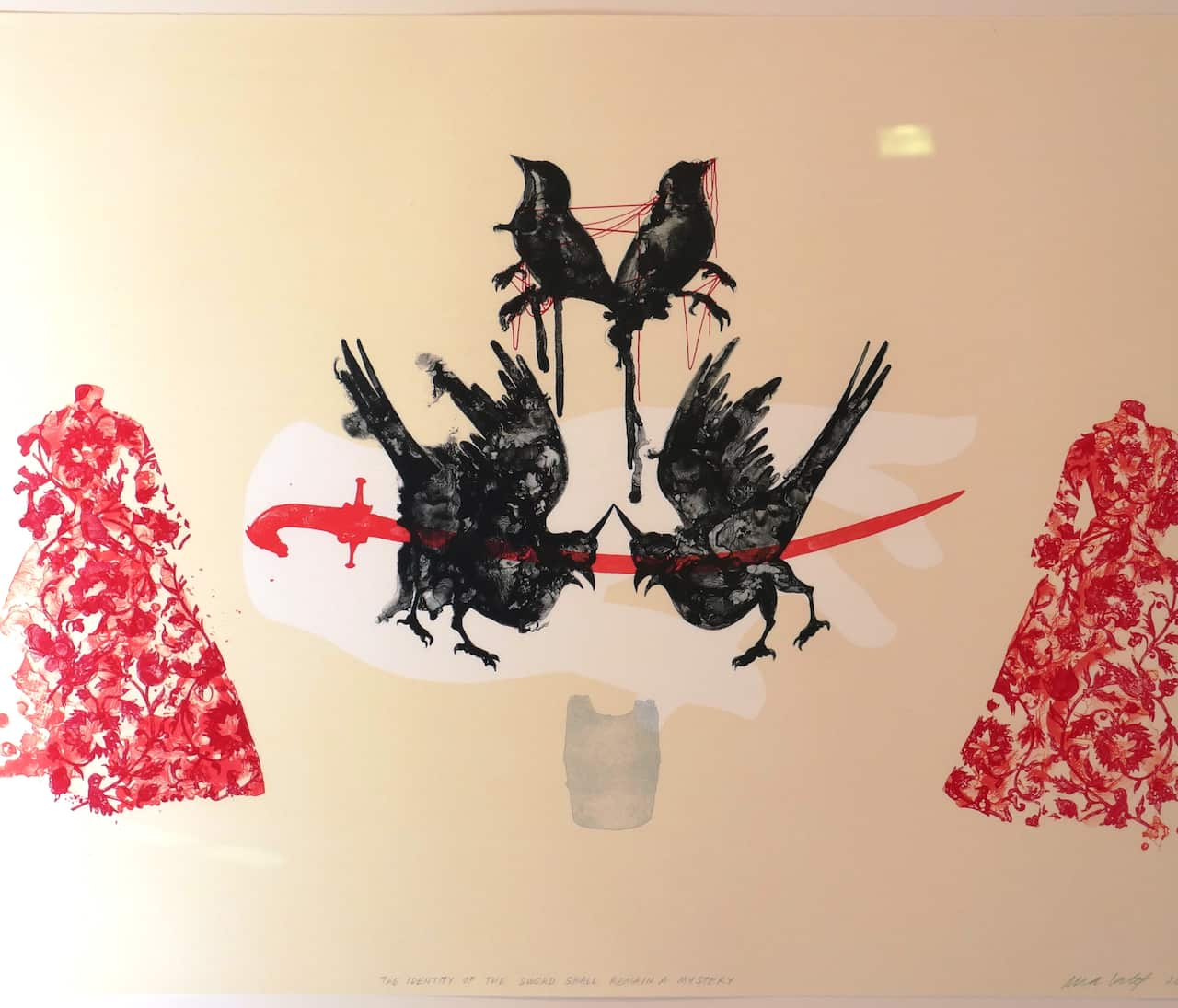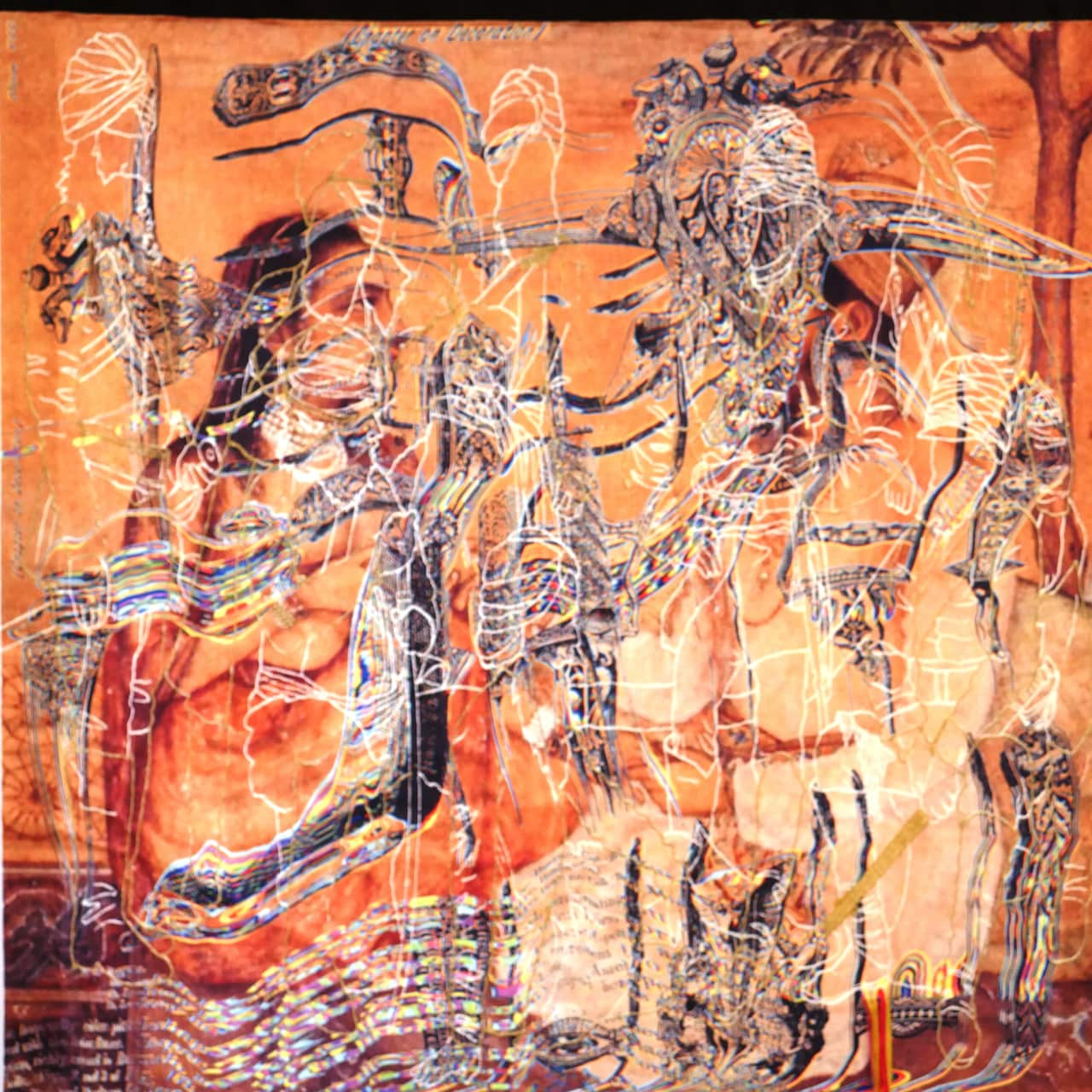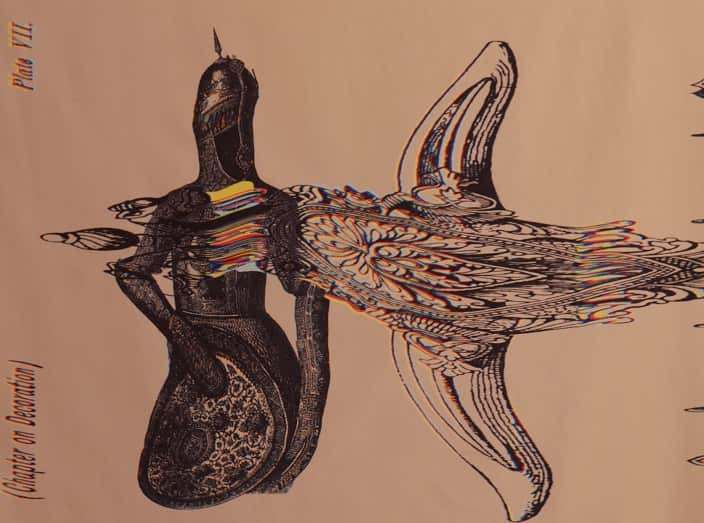In her latest exhibition displayed at the 4A Centre for Contemporary Asian Art in Sydney, artist Nusra Latif Qureshi highlight the traditions and culture of the Indian region and how they were affected by colonisation.
Hailing from Pakistan, Nusra engages with South Asian and Australian visual histories and is known for her contemporary ‘musaviri’ paintings. Her work has been exhibited in Austria, Germany, New Zealand, US, UK, Canada, India, Japan, France, Switzerland, Finland, Pakistan and Australia.
Nusra specialises in miniature paintings to large-scale digital prints including tapestry and embroidered works with particular references to different eras such as Mughal era in India or other historical norms such as Victorian fashion.
“I try to address this idea of rupture or disruption that something so beautiful and practised for centuries, but within ten years, twenty years, thirty years… those traditions completely disappeared.” Nusra told SBS Urdu.
“So what we are left with is just an idea of how glorious it was, how wonderful it was, and how so many practices did exist at one time and they do not exist anymore.
"Lots of practices were frowned upon that did not survive and did not make it to the twentieth century."
The practices, the practitioners and the admirers, all disappeared.

Qureshi's artwork - The Black Widow Watches On, 2015, lithograph, commissioned by Landfall Press, Santa Fe Source: SBS
“I am working on India in the historical context, not the current political entity. Also, India as a core of civilisations and how they encounter with the British colonisation which resulted in a rupture, where a lot of traditions were disrupted even banned.
“The idea is that how one civilisation or one group of people can improve upon the civilisation of another group. For example, the British tried to change the social customs, the education system even the languages, political system, the biggest one.
"In that sense, one group is considering themselves to be superior to the other and also being looked down upon."
This work tries to address the idea that what was there that was being improved. What was it that needed so much improvement? What was it that did not quite makeup to the standards of the colonisers?

Qureshi's artwork - Fortunate Days for Warlike Enterprise, 2019 (commissioned by 4A Centre for Contemporary Asian Art) Source: SBS
“The first layer of the man and woman come from the Mughal painting. A prince and a princess are having a drink in the evening outside in summer.
“Summer evening could be the most pleasant time of the day in many regions of Pakistan and India.
The image captures a time that was happier and calmer, and the people were confident of who they were.

Artwork by Melbourne artist Nusra Latif Qureshi displayed at the 4A Centre for Contemporary Asian art in Sydney. Source: SBS
“The third layer is the weapons from the armoury of Tipu Sultan [Ruler of Mysore state] that were confiscated. In my image, I have distorted and twisted them because they are not in their context any more.
“They are now probably sitting in a private or public collection in England somewhere, possibly a museum. Therefore they do not retain their originality or their original purpose anymore.”
Through the interference of colonisation and other political changes and war, the history is not as we used to know it or it has altered the facts of things even today. Image

Qureshi's artwork - Chain-Man-Equine, 2019, commissioned by 4A Centre for Contemporary Asian Art Source: SBS
Share
